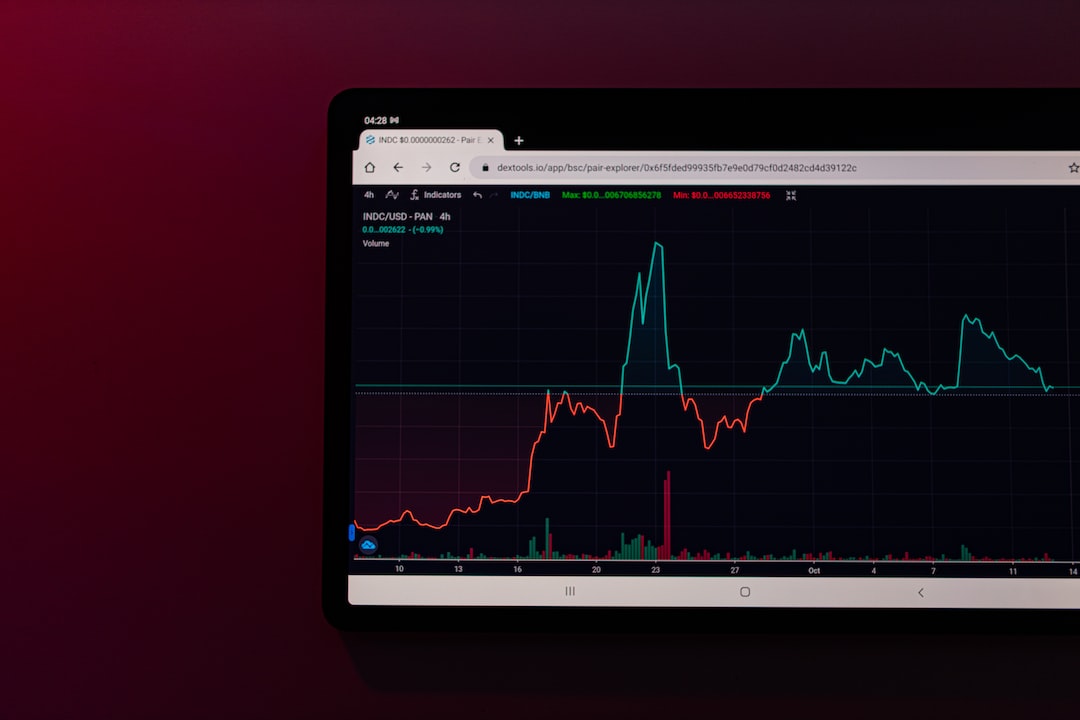Bitcoin Consolidates at 17-Month Highs
Bitcoin (BTC) dropped below $34,000 after the opening of Wall Street on October 26 as it continued to consolidate at its 17-month high levels. Despite attempting to push higher, the cryptocurrency faced sell-side pressure and failed to break through the $35,200 ceiling. Monitoring resource Material Indicators highlighted the importance of the $33,000 level, stating that any wicks below that level would invalidate the attempt at a Bull Market breakout. Other market participants, including Michaël van de Poppe, also identified similar price zones of interest for BTC.
Predatory Price Action
Popular trader Daan Crypto Trades described the current price action as predatory, punishing traders who overextend themselves. Daan Crypto Trades believes that the market is in chop mode until either $33,000 or $35,000 breaks. An accompanying chart showed the relationship between open interest and recent BTC price squeezes.
No Gap Fill at $20,000?
Trader and analyst Credible Crypto challenged the bearish theory that Bitcoin will return to $20,000 due to a gap in CME Group Bitcoin futures markets. Credible Crypto argued that gaps are often left unfilled during parabolic advances and shared a chart showing historical gaps. He advised subscribers not to wait for capitulation.
Hot Take: Bitcoin Struggles to Break Through Resistance
Bitcoin’s attempt to push higher has been met with sell-side pressure, resulting in a consolidation phase. The key levels to watch are $33,000 and $35,000. If BTC manages to break through these levels, it could lead to further upside potential. However, if it fails to do so, we may see a short squeeze to $36,000 or even $40,000 before a potential dump. Traders should remain cautious until the $33,000 level is retested. The presence of predatory price action and the ongoing relationship between open interest and BTC price squeezes suggest that the market is currently in chop mode. Additionally, the theory of a gap fill at $20,000 in CME Group Bitcoin futures markets may not hold true as historical data shows that gaps are often left unfilled during parabolic advances.





 By
By

 By
By
 By
By

 By
By